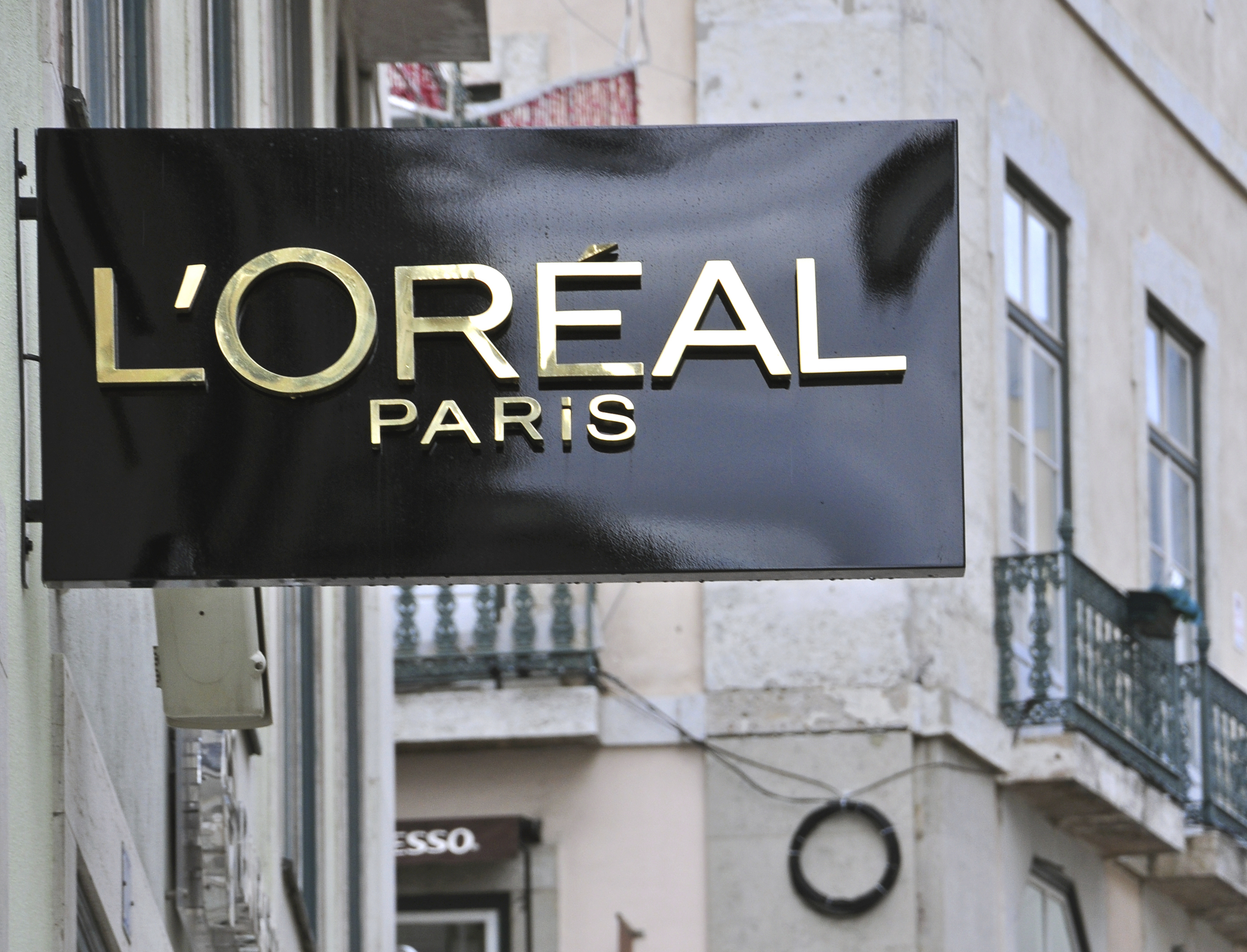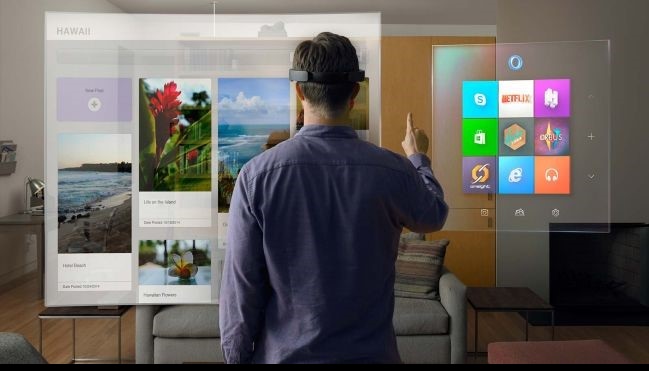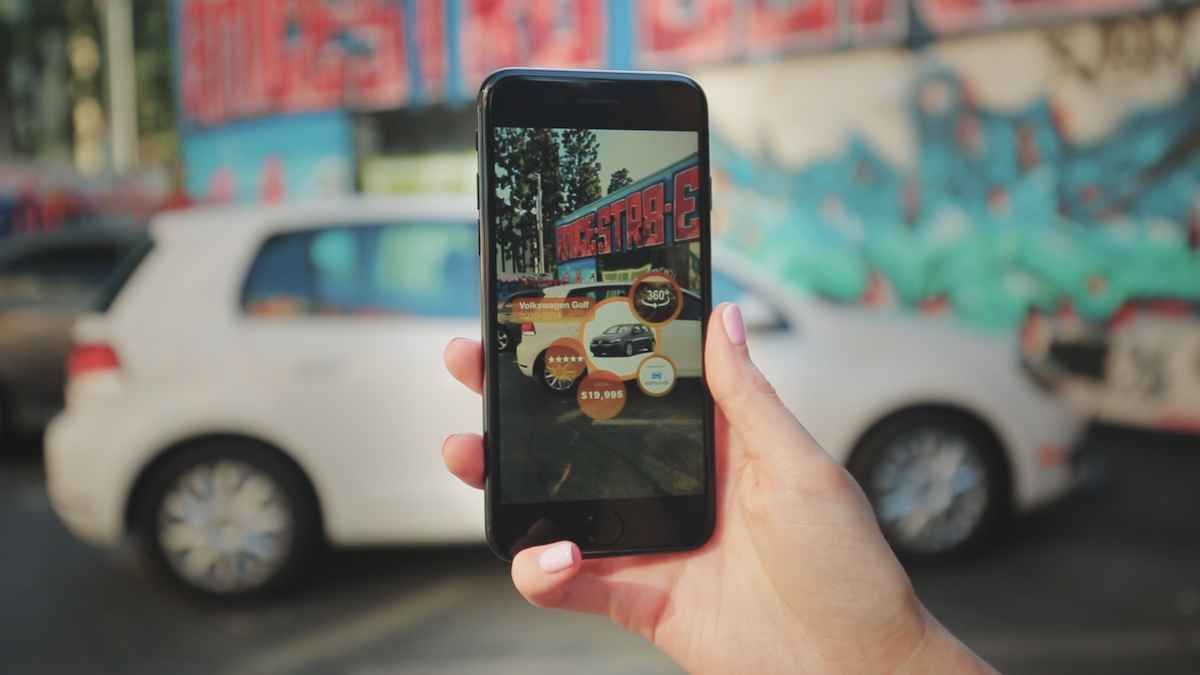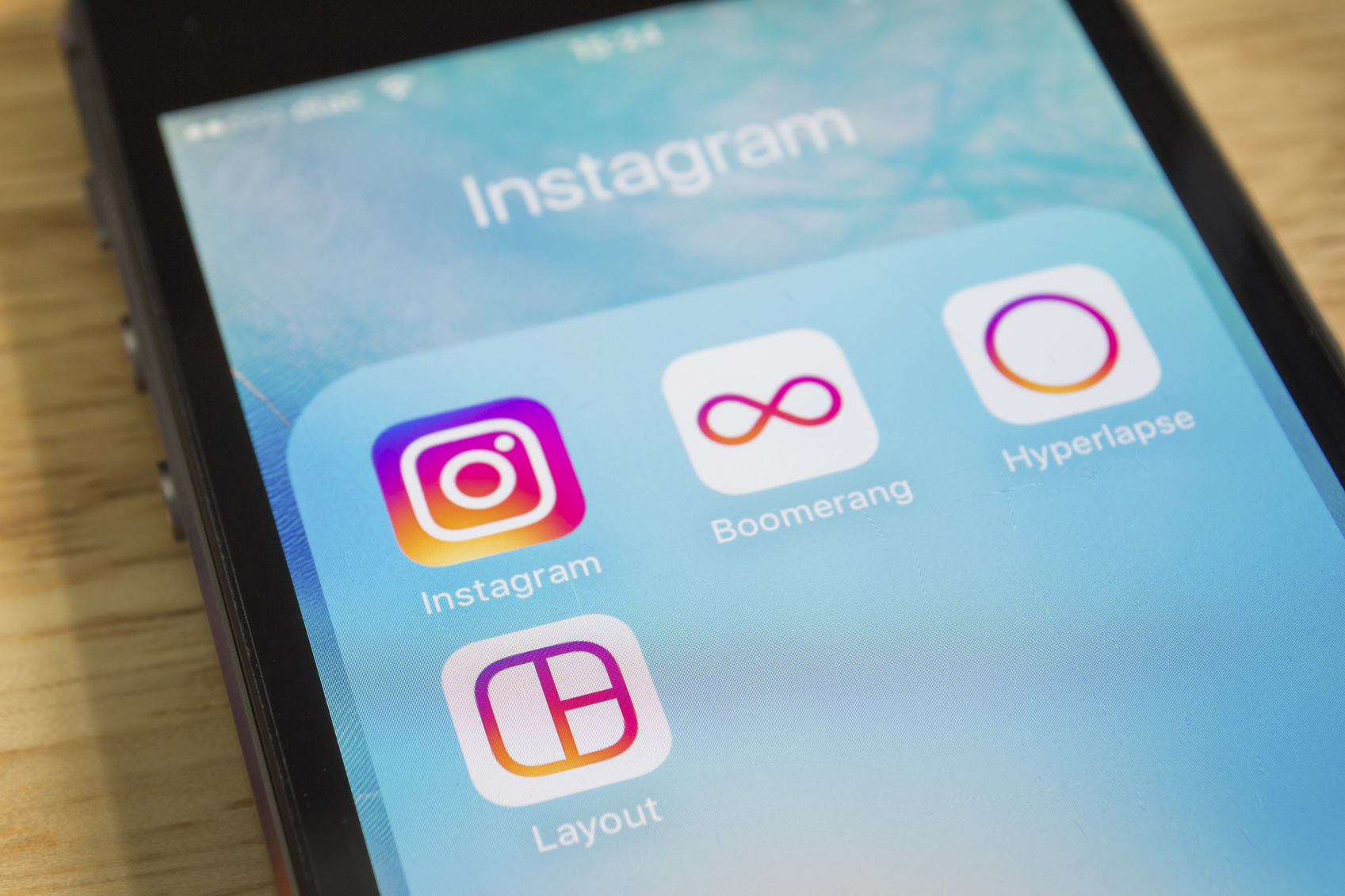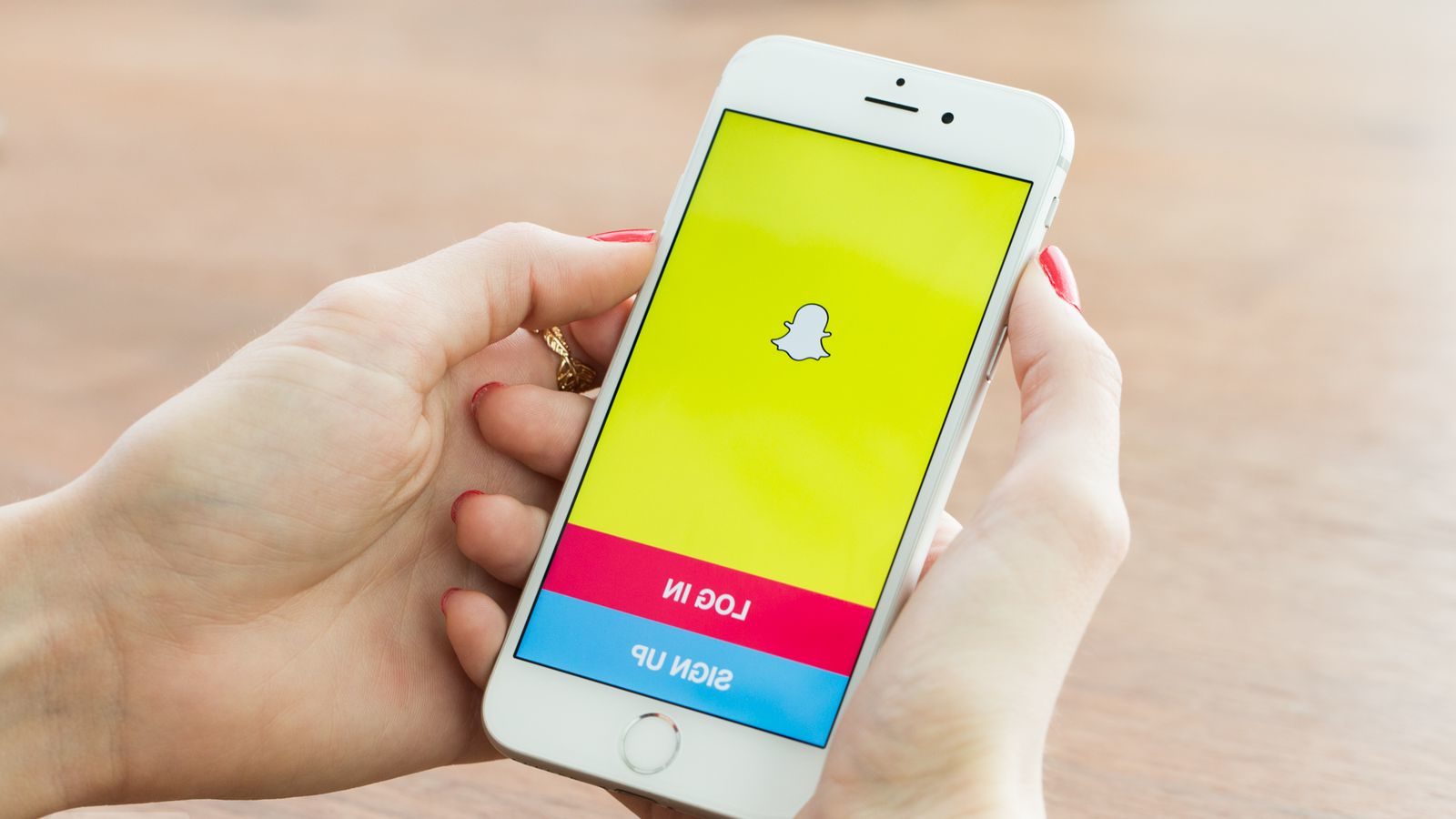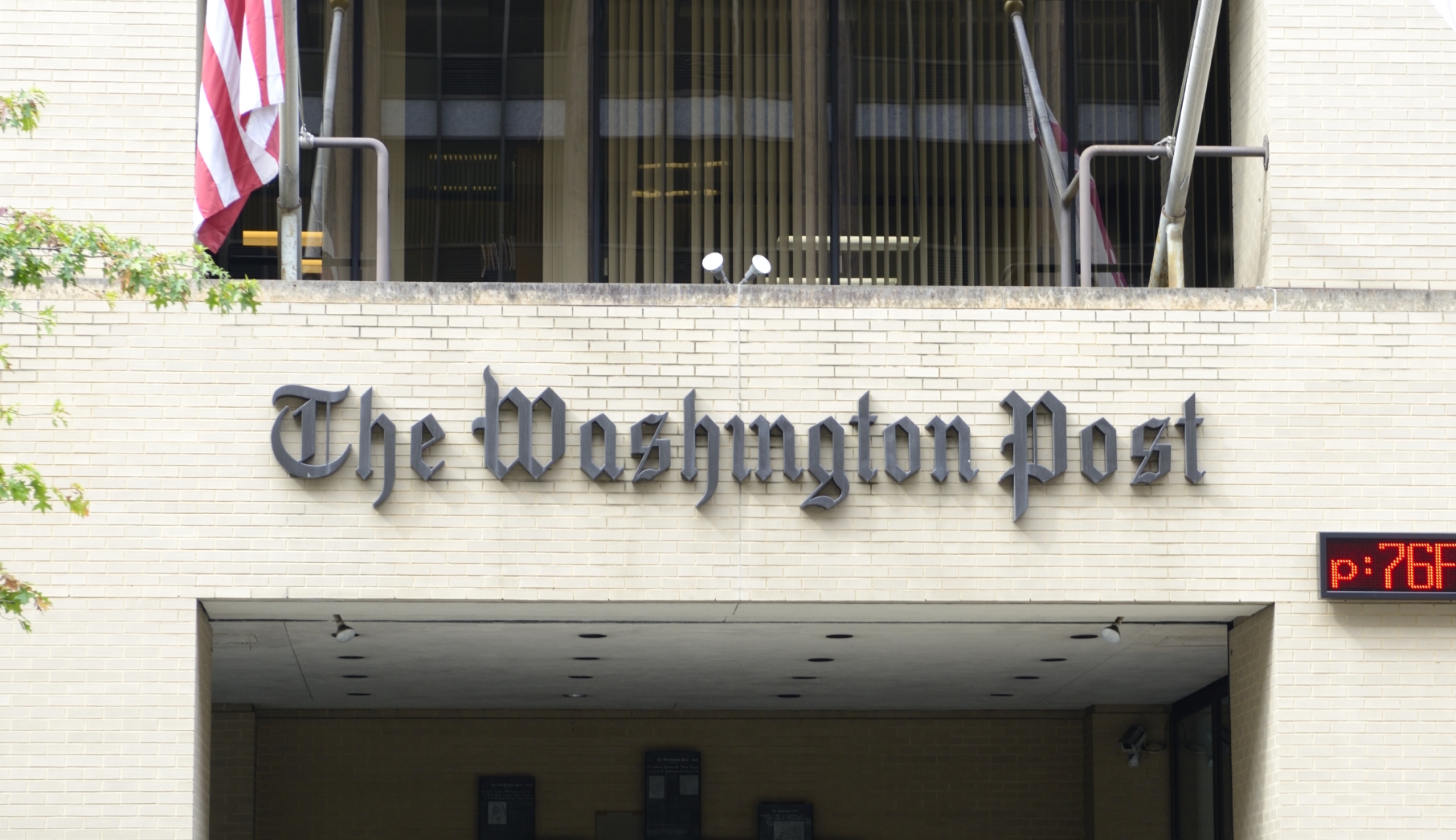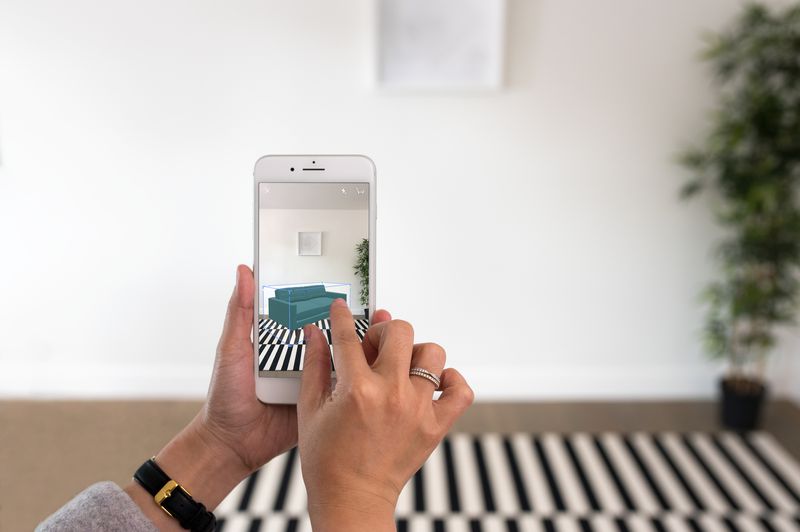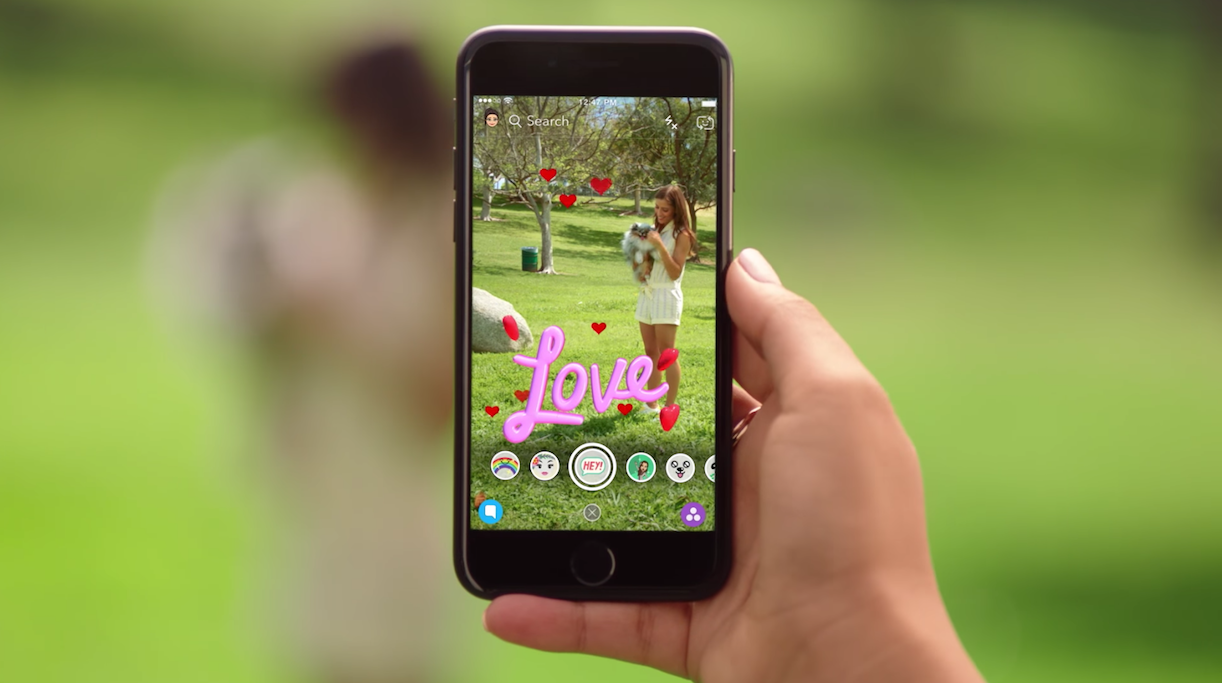What Happened
Augmented reality solution provider Blippar announced two big additions to its platform. First up, the company is ready to launch what it claims to be “the first AR digital ad unit” that doesn’t require an app. This new ad product, named Augmented Reality Digital Placement (ARDP), will work with standard rich media banner ad units. Upon clicking, it would open a web-view window that, after users grant permission to access the camera, can superimpose ad creatives over the environment that the camera captures, and is viewable in 360-degree view. The creatives can be 3D models or static cut-outs from a 360-degree video.
Secondly, Blippar is adding a “Shazam-for-cars” feature to its free mobile app that allows users to identify the make, model, and year of any U.S. car made since 2000 simply by pointing their camera at the car. The app will then surface relevant content such as average customer rating, price, a 360-degree view of the car’s interior. Blippar says it has achieved over 97.7% accuracy in automotive recognition, making it the highest in the industry. With this launch, the company is releasing a Car Recognition API that is available globally for companies to license and integrate into their own apps and products.
What Brands Need To Do
Although the AR experience delivered by ARDP seems to be pretty rough and limited in functions according to Blippar’s demo video, it is nevertheless an exciting development that marks the commence of the AR advertising arm’s race. The fact that this AR experience doesn’t require any specific app to run is obviously a plus for the potential reach of this ad unit. Mobile-based AR is a great way for brands to deliver interactive content and feature to drive active engagement and showcase products, and AR ads would be a great tool for brands looking to enhance their mobile ad experience.
For auto brands, the car-recognition feature and its API should be a great tool to transform any ordinary environment into a virtual showroom. It would be a great tool for event activations, pop-up promotions, and engaging car enthusiasts. According to CEO Rish Mitra, the company is working to expand this visual search feature to cover more sectors, with fashion being its next target.
For more information on how brands may tap into the rapid development in AR to create engaging customer experiences, please check out the Advanced Interfaces section of our Outlook 2017.
Sources: MarTech Today & TechCrunch
Featured image courtesy of Blippar
